Product teams, including those I work with, struggle to connect the challenges observed in prior research to issues that endure in the field and market space. As a shortcut for efficiency gains, product partners...
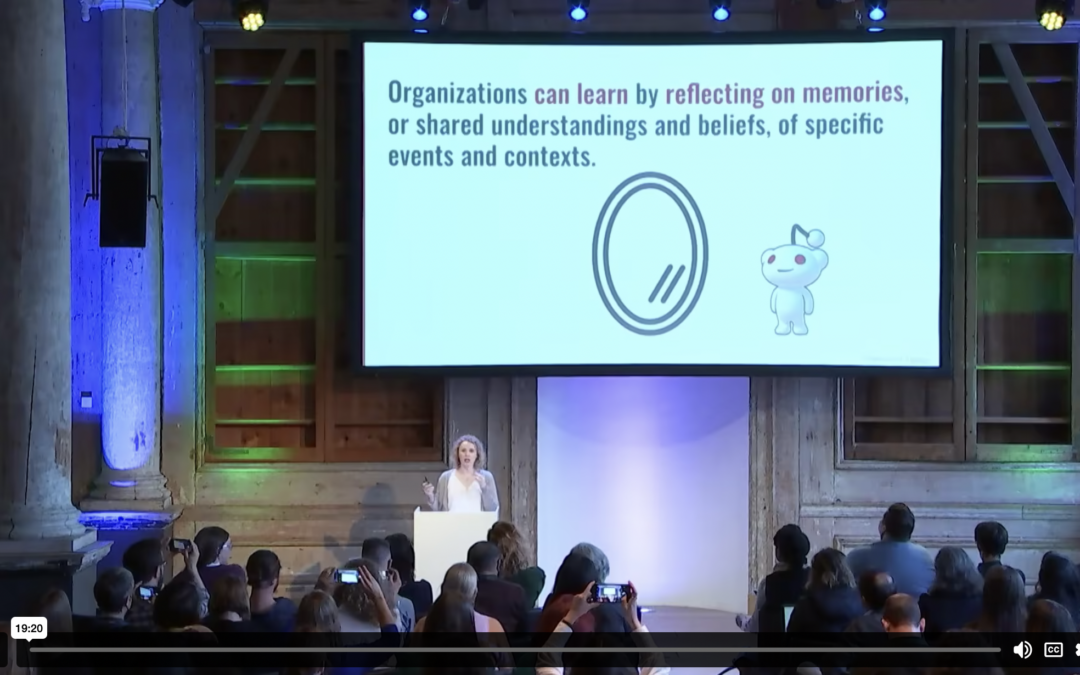

Product teams, including those I work with, struggle to connect the challenges observed in prior research to issues that endure in the field and market space. As a shortcut for efficiency gains, product partners...
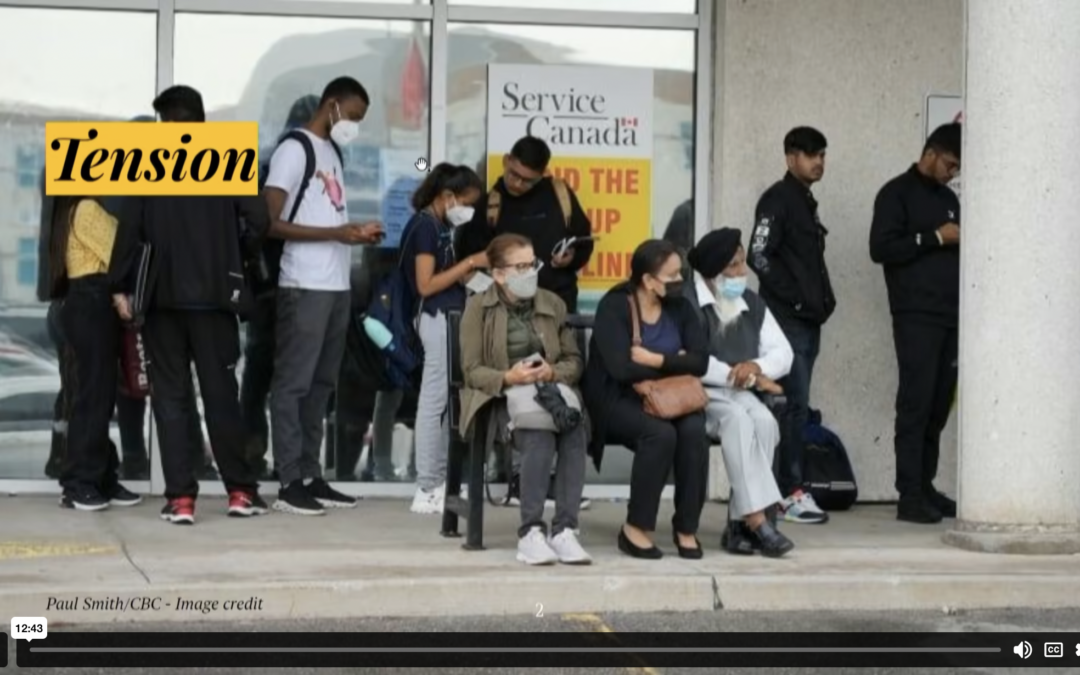
Government websites and online services are often built with limited input from the people they serve. This approach limits their ability to respond to ever changing needs and contexts. This case study describes...
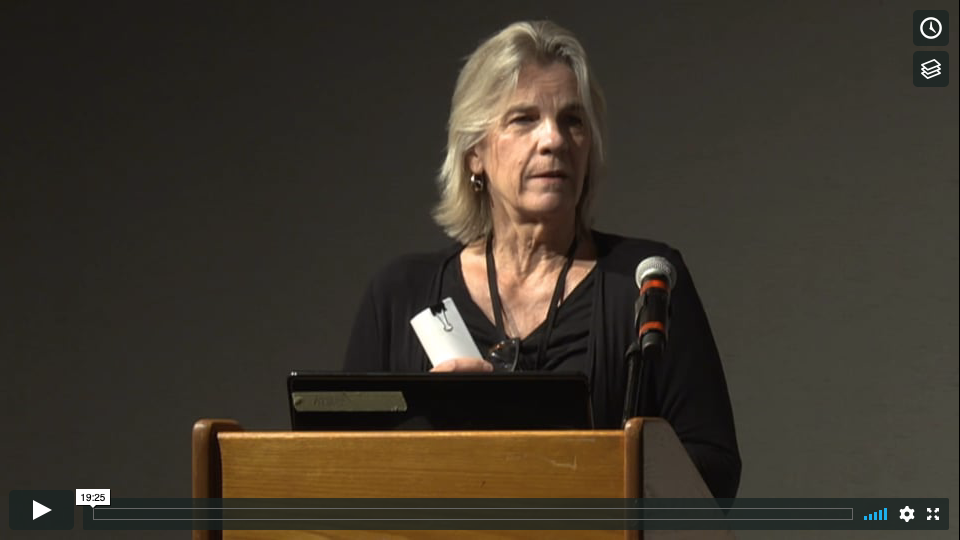
Case Study—We report on a two-year project focused on the design and development of data analytics to support the cloud services division of a global IT company. While the business press proclaims the potential for enterprise analytics to transform organizations and make them ‘smarter’ and more...

Ethnography has grown, like many other industries, in tandem with a fossil fuel economy. As evidence of weather, resource and species disruption surround us on a daily basis, the climate sessions provided guideposts and practical resources to adjust and thrive as informed, climate-conscious...
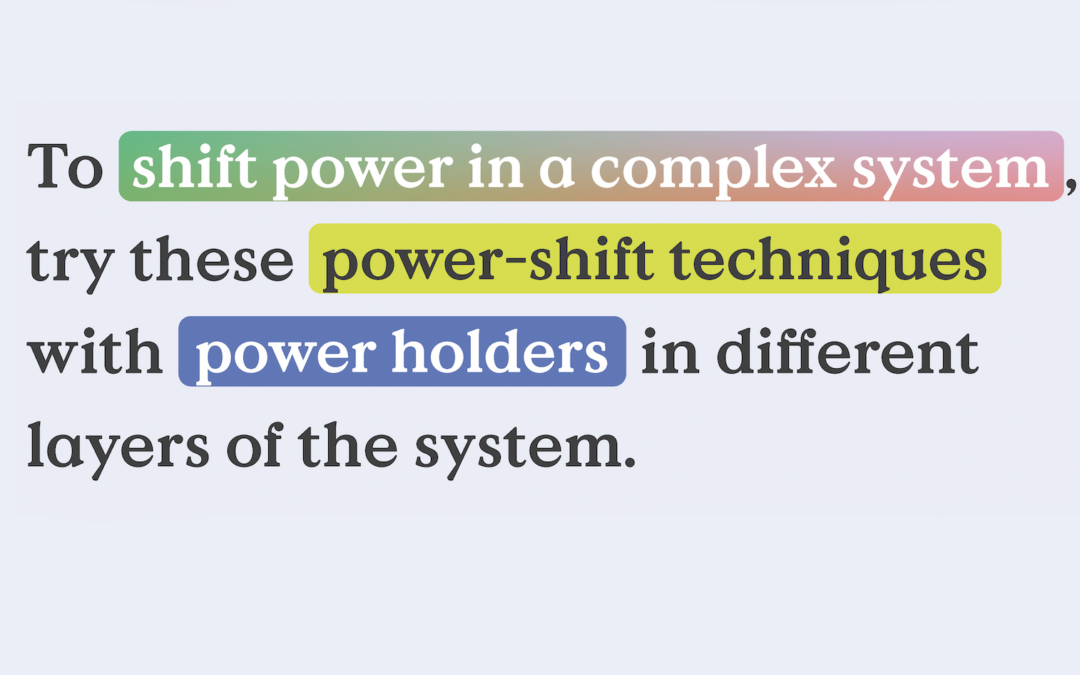
This wildcard session was a conference-wide co-creation activity. Together, EPIC attendees reflected on the dynamic relationship between resilience and power. Then, through a facilitated, real-time activity, we collectively generated an actionable power-redistribution framework—a set of strategies...

Klaus Weber currently serves faculty director for Sustainability and Social Impact at Kellogg. He is also...

The focus of this paper is to investigate deep learning algorithm development in an early stage start-up in which edges of knowledge formation and organizational formation were unsettled and contested. We use a debate by anthropologists Clifford Geertz and Claude Levi-Strauss to examine these...
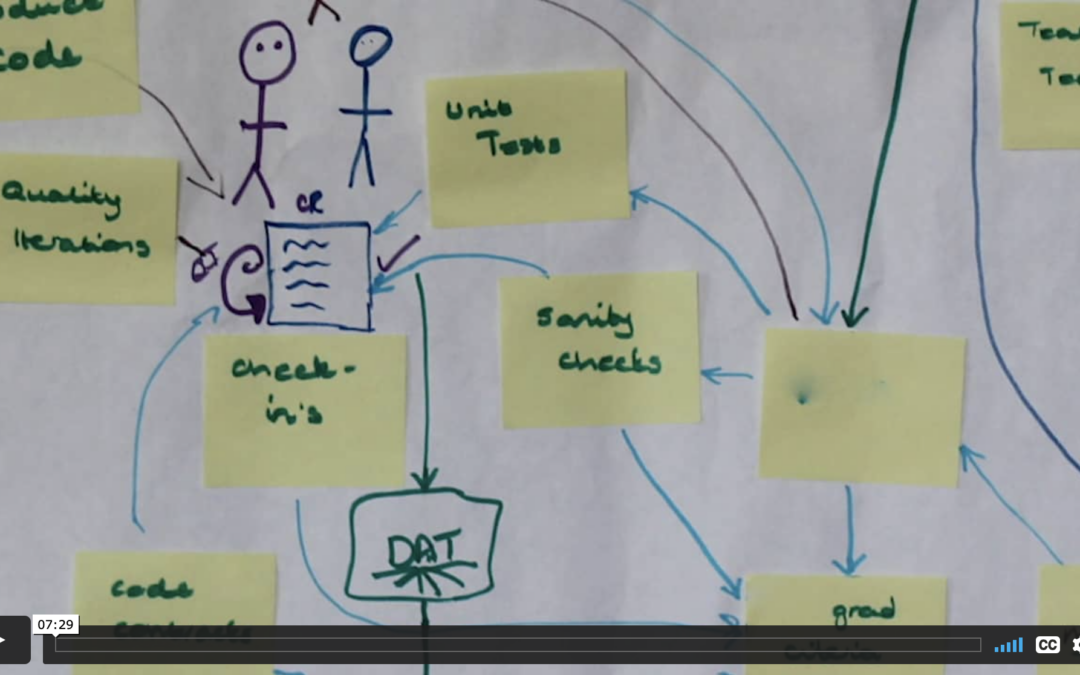
Effective software quality assurance in large-scale, complex software systems is one of the most vexed issues in software engineering, and, it is becoming ever more challenging. Software quality and its assurance is part of software development practice, a messy, complicated and constantly...
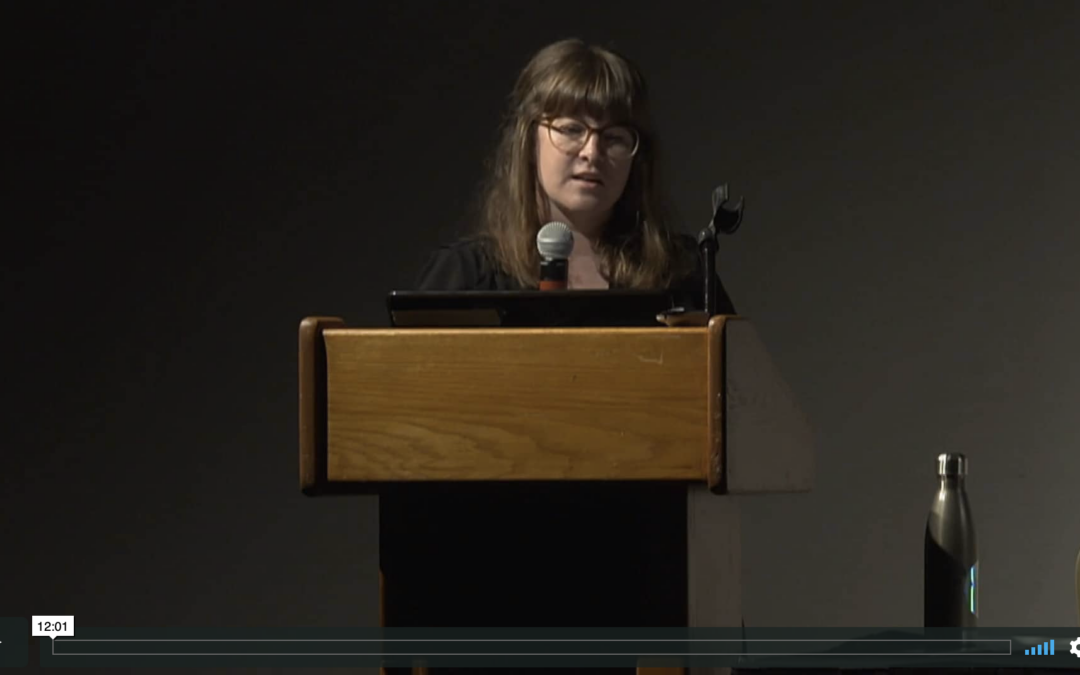
Case Study—This is a case about how Mozilla, the open source browser company, set out to reconnect with ‘collaborating in the open’ to regain its competitive advantage. This case describes how a multi-disciplinary research team used ethnographic, market, and data analysis to articulate and clarify...
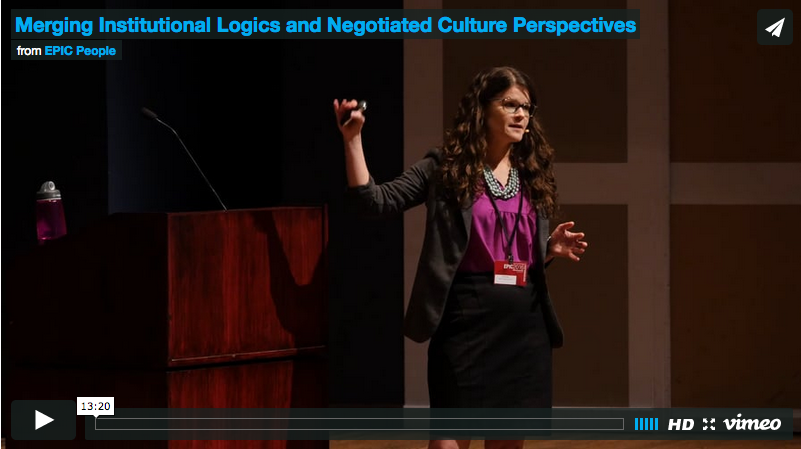
Showcasing a sixteen-month ethnographic study of a coalition to end homelessness in Western Canada, we show how the integration of two theoretical perspectives—institutional logics and negotiated culture—can be used as complementary, yet distinct lenses to better inform the practice of cross...